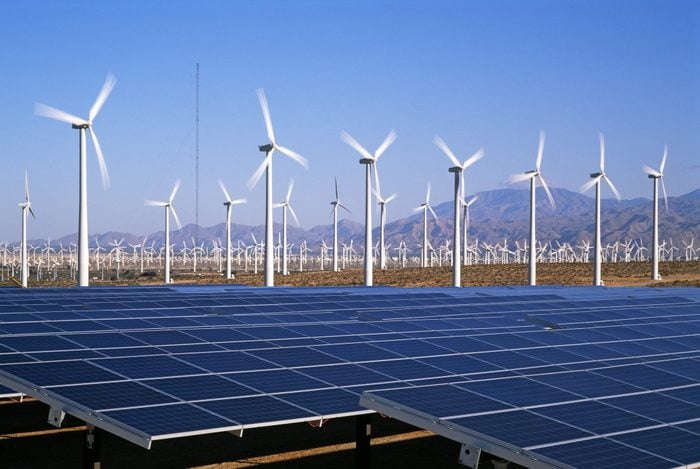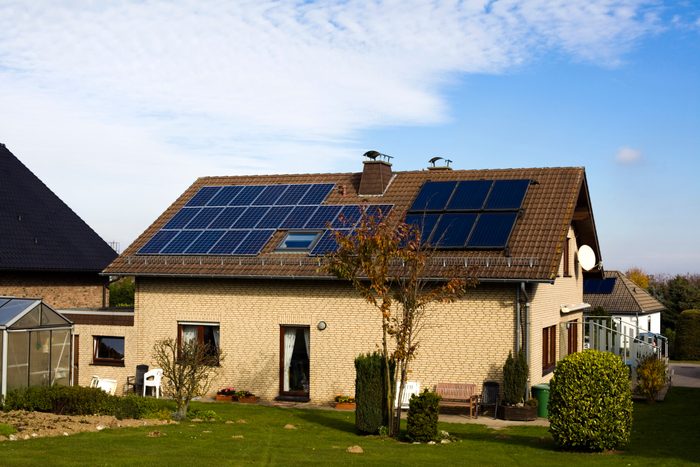
Renewable Energy Will Soon Outpace Fossil Fuels
The Department of Energy recently announced renewable energy is about to outpace fossil fuels in the power sector throughout the world for the first time.
According to Ember, an independent energy think tank, wind and solar produced a record 12% of global electricity in 2022. That’s because new solar and wind power is cheaper than existing and new coal and gas power. These clean energy sources are critical to reducing carbon emissions and addressing climate change.
Consider installing solar panels on your roof, or taking part in utility programs that let you choose renewable energy to power your home.
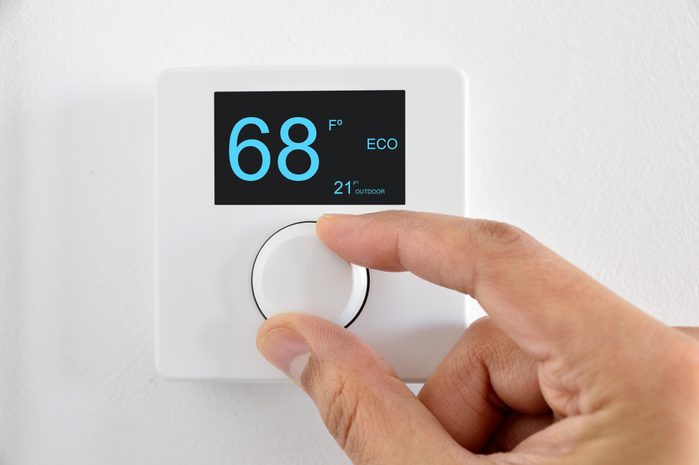
Adjusting Your Thermostat Can Make a Huge Difference
The average single-family home uses 53% of its energy on heating and cooling, according to the Environmental Protection Agency (EPA). By adjusting your thermostat two degrees higher in the warmer months and two degrees lower in the colder ones, you can save up to 2,000 pounds of carbon dioxide (CO2) per year.
For even more impact, the Department of Energy recommends turning your thermostat back seven to 10 degrees from its normal setting for eight hours per day. That saves about 10% a year on heating and cooling.

Consumer Demand for Sustainable Products Is on the Rise
Google searches for sustainable products rose 71% from 2016 to 2021, according to World Wildlife Fund, and 48% of new products mention sustainability in their pitch, according to New York University’s Stern School of Business.
This means consumers are looking for more sustainable products, and businesses realize communicating about sustainability is now more important than ever. That’s good. The greater demand for sustainable products, the easier they will be to find, and more companies will offer products better for the environment.
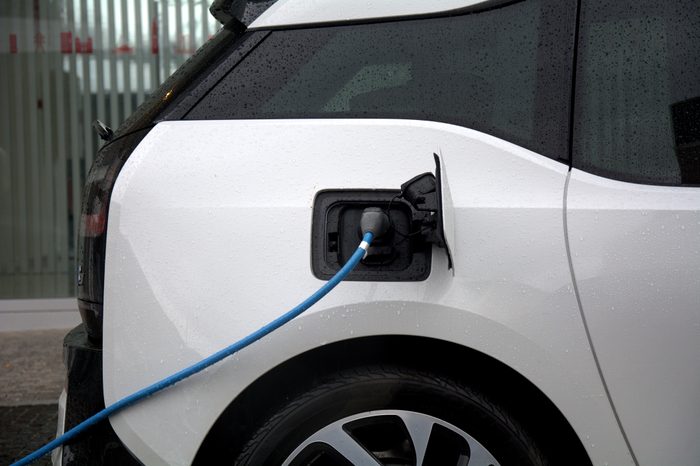
Driving an Electric Vehicle Reduces Carbon Emissions
Transportation is now the leading source of America’s climate pollution. The Environmental Defense Fund found a rapid shift to electric vehicles could cut at least 800 million tons of CO2 emissions every year by 2040.
Driving an electric car is more efficient than driving a gasoline-powered one. Electric vehicles create 3,932 lbs. of CO2 equivalent per year, compared to 11,435 lbs. for gasoline vehicles, according to the Department of Energy.
With the prices of electric vehicles coming down, many models available and more charging stations being built, this is an opportune time to drive electric.

Switching Out Light Bulbs Is a Must
We’ve been hearing about light bulbs for decades, but they’re still one of the simplest ways to reduce energy in your home.
Incandescent light bulbs waste an exorbitant amount of energy and money, giving off 99% of the electricity used as heat. The United States Department of Energy recently banned most incandescent light bulbs from being sold or manufactured in the U.S.
While nobody is coming to take your incandescent lights away, now is the perfect time to make the switch to more energy efficient and longer lasting LED bulbs.
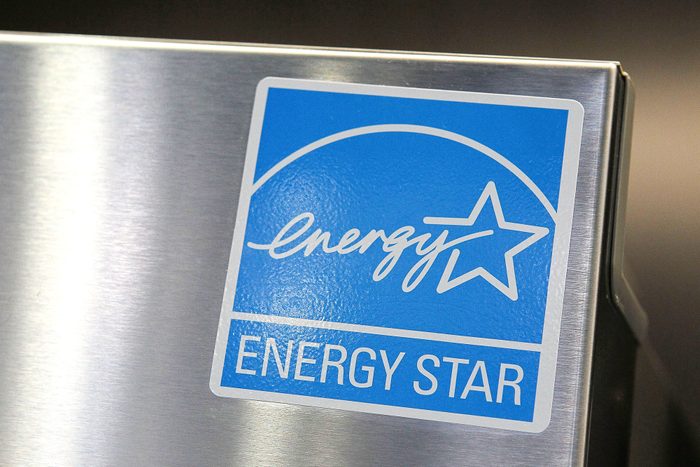
Energy Star Products Reduce Your Carbon Footprint
The EPA’s Energy Star program has been around since 1992. It provides a government-backed symbol for energy efficiency that qualifying companies use to label their efficient products.
With more than 90% of American households recognizing the Energy Star label, the program has become standard for energy efficiency around the world. According to the EPA, since the program began it helped reduce five trillion kilowatt-hours of electricity in the U.S., and prevented four billion metric tons of greenhouse gas emissions from entering our atmosphere.
By choosing Energy Star products for your home, you can save energy and money.
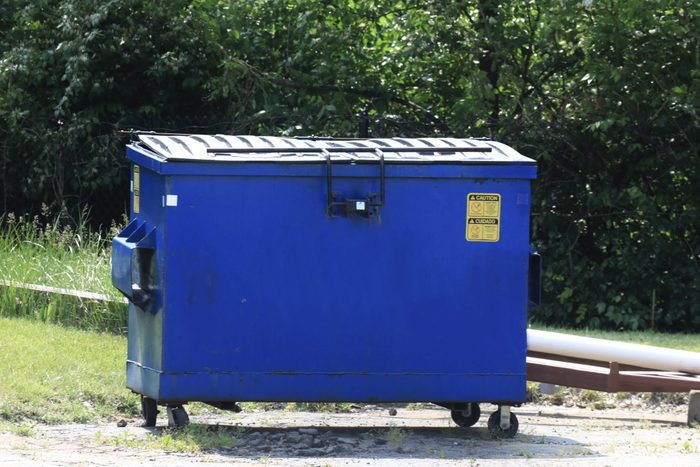
Trash Is Still a Major Problem
The average American generates about four-and-a-half pounds of trash each day, compared to a little more than two pounds in 1960, according to the EPA. Americans discard 35 billion used water bottles each year, with only 12% recycled.
There is still much more we can do to implement the six Rs of Sustainability: rethink, refuse, reduce, reuse, repair and recycle. Some ideas include avoiding single-use plastics, buying in bulk, reusing old clothes, printing out less, taking your own reusable bags when shopping, buying secondhand items and donating household goods you’re no longer using.
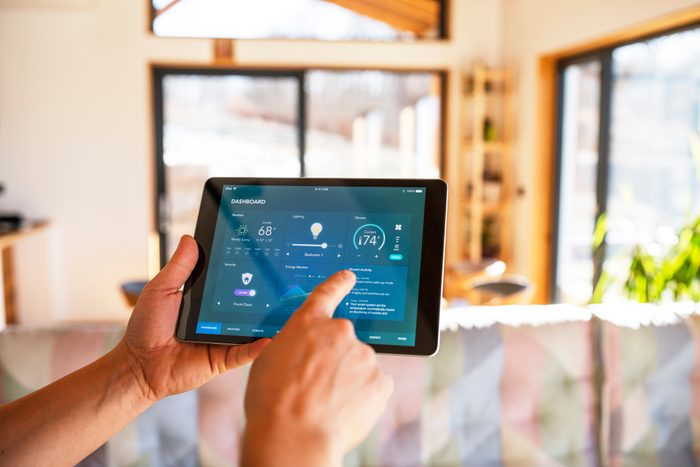
Smart Technology Is Revolutionizing Energy Savings at Home
A smart home features appliances, lighting and other technologies, all connected so you can control energy use via an app even when you’re away. There are now smart plugs, thermostats, light switches, water leak detectors, blinds and more.
Smart electrical outlet receptacles are one of the easiest ways to save time, energy and money in your home. When electronic devices are plugged in on “standby” mode, they can account for five to 10% of a household’s energy use. By switching to smart plugs, you can save between one and about four-and-a-half percent of energy usage in your home, according to the National Renewable Energy Laboratory.
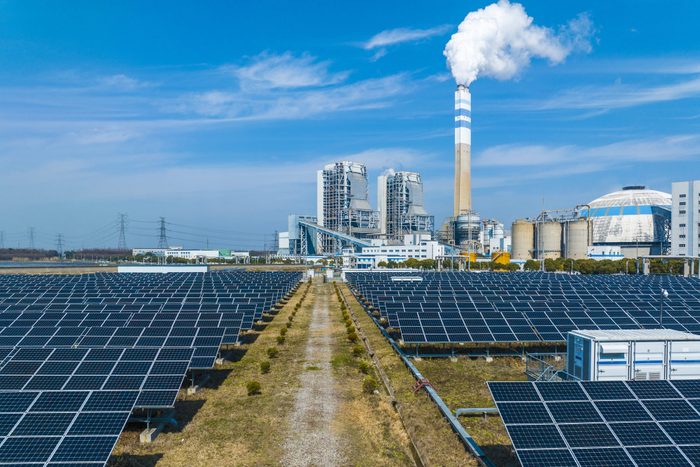
Nearly All Major Companies Now Disclose Environmental Information
For the third consecutive year, more global companies disclosed environmental, social and governance (ESG) data than in previous years. Ninety-five percent did so in 2021, the most recent year available. This shows sustainability is more important to businesses than ever before, making it easier for you to find sustainable products and services for your home.

Food Choices Can Cut Your Footprint
Food accounts for 10% to 30% of a household’s carbon footprint, according to the Center for Sustainable Systems at University of Michigan. That stems from emissions involved in food production and transportation.
Fortunately, you can help lower emissions by growing your own fruits and vegetables and buying directly from local farms and farmers’ markets.

